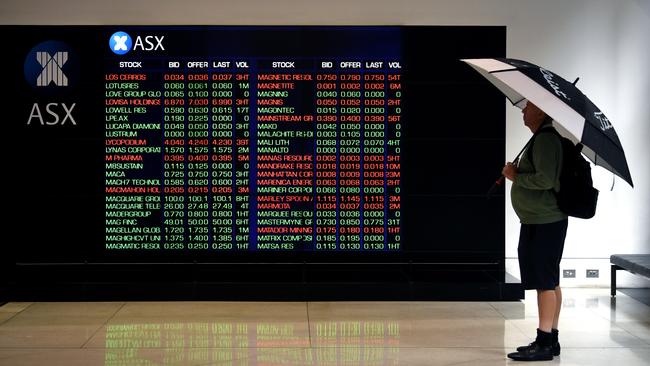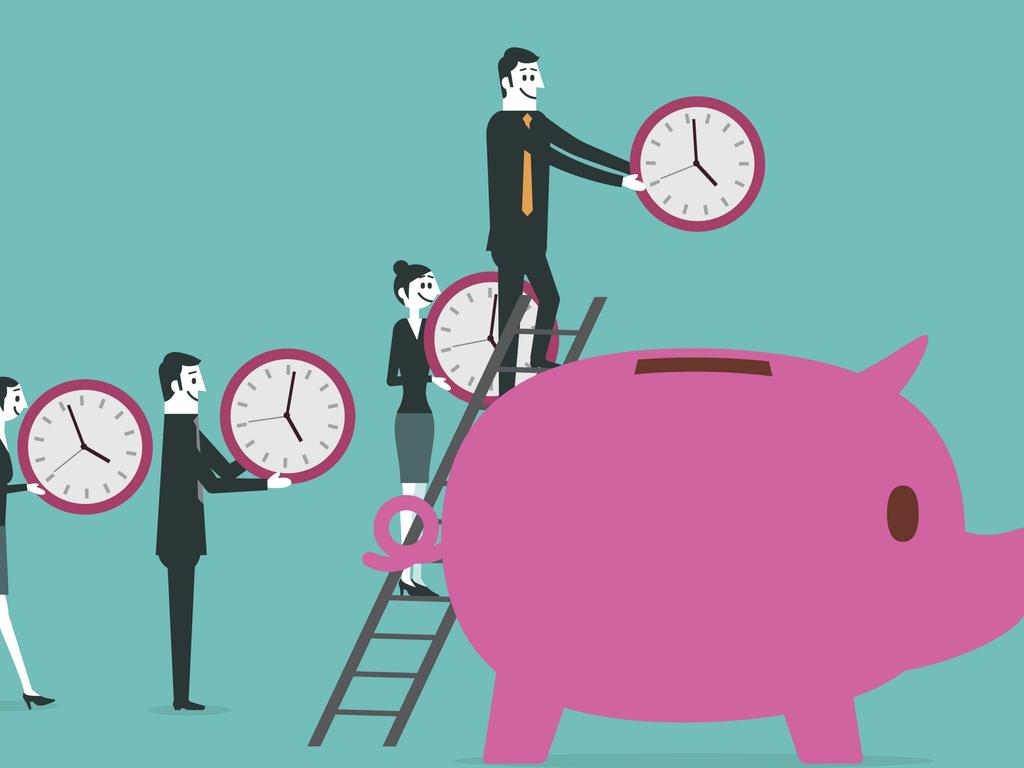What’s behind our hot sharemarket?
The stockmarket rebound is logical on the basis of very recent economic signals.

It caused an abrupt and severe slump in world economic activity, a surge in unemployment, and expectations of a deep and lasting recession (and perhaps even a depression). Share prices have swung widely. Commodity prices have diverged widely. And because of COVID-19, fiscal and monetary policies around the world have been eased on a massive scale.
In the last fortnight or so, market sentiment towards the global economic outlook turned more positive as COVID-19 infection rates levelled in the US and declined in Europe, and as some economic data looked surprisingly strong, notably the report on the US labour market for May. (Market forecasts had been for the US to lose another 7.5 million jobs and for measured unemployment rate to rise to 20 per cent. In fact, jobs increased by 2.5 million in the month, and unemployment fell from 14.7 per cent to 13.3 per cent of the American labour force.
Australia, too, is hearing a change in view. Reserve Bank governor Philip Lowe has stated “it is possible that the depth of the downturn will be less than earlier expected”. And Treasury says the early relaxation of lockdown restrictions in Australia means the gloomiest forecasts it had been working on for GDP, jobs and unemployment were unlikely to be borne out.
The regular survey of business conditions by National Australia Bank was a lot less negative in May than had been expected (the index of business confidence rose by 25 points from its record low of minus 65 points in April).
The change in mood pushed share prices a good deal higher for a time — and not just shares in companies that had coped well in the lockdown, but many “deep cyclical” shares also moved higher in price
Of course, there are many uncertainties in the outlooks for economic conditions and investment returns, but here are three points investors might like to ponder and which, in my view at least, could support retaining a cautiously optimistic view for share. The early rebound could run too far but there are quality shares worth buying, even more so in market sell-offs.
The downturns seem to have bottomed.
These days, there’s a wide range of “high-frequency data” — from official sources (the Bureau of Statistics is producing more timely and new reports on how the pandemic is affecting households, employment and businesses) and from banks, industry associations and social media — to help define turning points in overall economic conditions.
Shane Oliver at AMP uses selections of these high-frequency data (such as hours worked, retail sales, restaurant bookings, Apple and Google Mobility Indexes, credit card data, job advertisements and energy use) to construct weekly economic tracker indexes for the US and for Australia. They’re useful, timely and can be readily accessed from his website. The trackers suggest a clear upswing has been running in Australia for eight weeks.
Will the upswing run out of puff?
A lot of commentators doubt the durability of the upswing now under way. Certainly, a lot will depend on what course the pandemic takes: a second wave of infections in Europe and the US would destroy the economic recovery, while the discovery of a vaccine would turbocharge it.
The other big question is whether the fiscal and monetary taps, abroad and here, will be turned off too quickly. My guess is there is going to be a lengthy period of fiscal easing policy in most countries, including the US and Australia, and central banks will keep interest rates at near-negligible levels for another two or three years. This recovery could continue to run at a moderate pace, as did the post-GFC upswing that began in mid-2009.
Should investors stay out of the stockmarket?
Of course, there are many investors and commentators who worry it’s far too early to come back into the market: the global recession (or even depression) will cause share prices to collapse.
The relationship between an economic downturn and sharemarkets is complex. My colleague at Stanford Brown, Ashley Owen, wrote a research report a couple of weeks ago with this powerful reminder: “All this talk of economic recessions and depressions can be depressing. But that is where the good news starts for investors. The issue for investors is that previous economic depressions and also most of the mere recessions were associated with deep sharemarket crashes.
“The fear is that, since the economic contractions are only just starting now and may last for several quarters, then perhaps the February-March sharemarket fall may not be the end of the overall sell-off. The good news is that while sharemarket crashes and economic recessions and depressions are in most cases related, share prices generally fall before economic contractions start and then start rebounding while economies are still contracting.”
Don Stammer is an adviser to Stanford Brown Financial Advisers. The views are his alone.







COVID-19 has been by far the dominant influence on global economic conditions and investment markets this year.